ONLINE NEWS: CLASH OF NARRATIVES, PART 2: INCLINATION FOR 2ND TO 10TH CENTURY AD ANCIENT KEDAH
Scoop
Clash of narratives, part 2: inclination for 2nd to 10th century AD Ancient Kedah
By Maria J. Dass | 31 October 2023
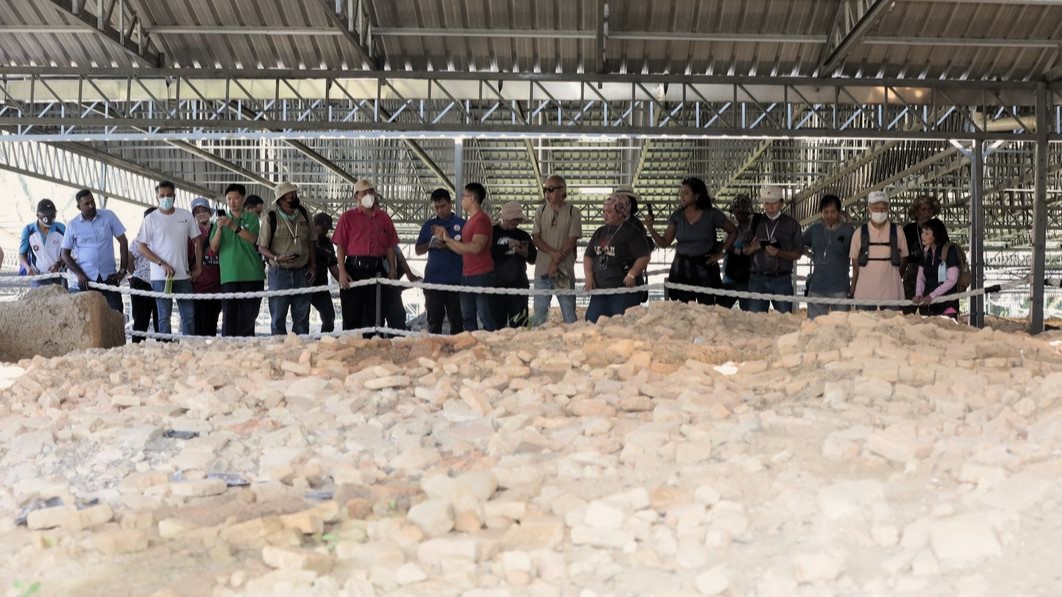
Visitors during a site visit to the Sg Batu archaeological site. The site is said to be a part of the ancient kingdom of Kedah and experts are currently standing their grounds on different opinions about how old it actually is. – Maria J. Dass/Scoop pic, October 29, 2023
MERBOK – The clash of narratives between two local academicians on the ancient port civilisation of Sg Batu, which was part of the larger Kingdom of Ancient Kedah, has not escaped the attention of regional and international experts.
Feedback from experts in archaeology, history and heritage sector, including the National Heritage Department (JWN) stressed on the need for more credible evidence and findings that will tell us more about Lembah Bujang where Sg Batu is located.
Standing their ground: Professor Datuk Dr Mokhtar Saidin vs Dr Nasha Rodziadi Khaw
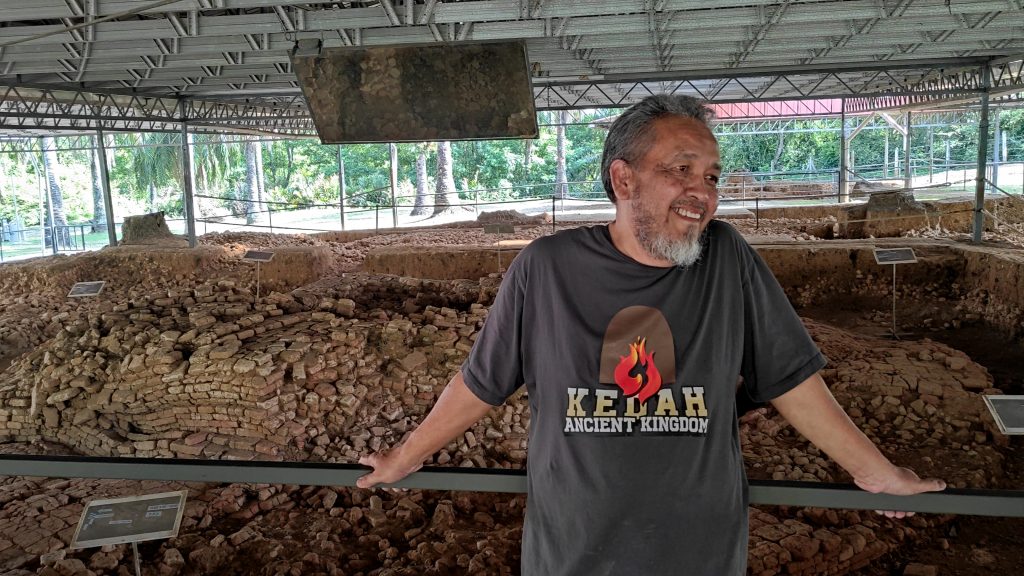
Professor Datuk Dr Mokhtar Saidin is adamant about his 788 BC dating, saying it was endorsed by experts. – Maria J. Dass/Scoop pic, October 29, 2023
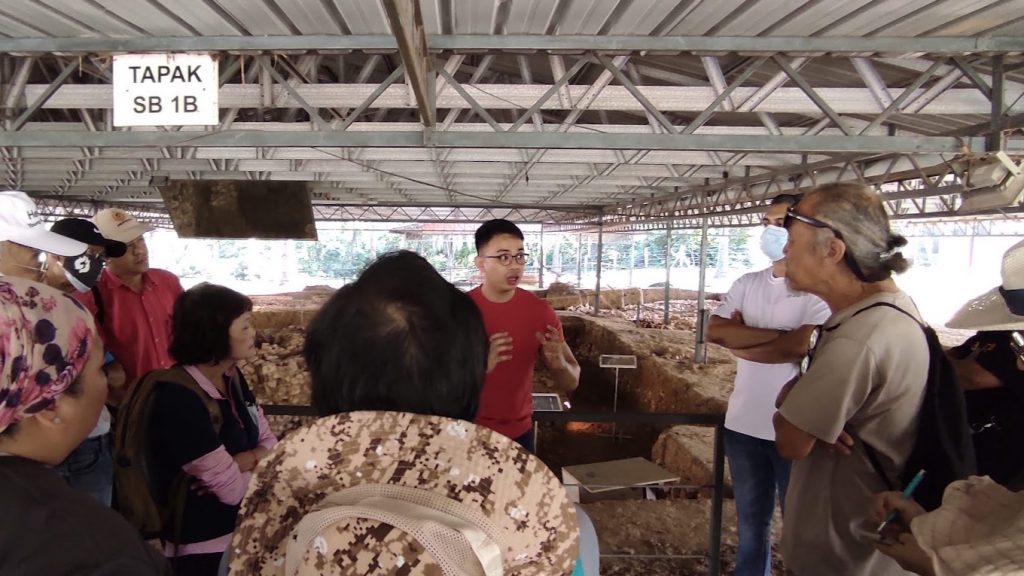
Meanwhile, Dr Nasha Rodziadi Khaw (centre, red shirt) is defending his timeline obtained by the Bayesian Chronological Modelling method, which upholds the original dating between 2nd and 10th century AD. – Maria J. Dass/Scoop pic, October 29, 2023
Former director of Universiti Sains Malaysia (USM) Centre for Global Archaeological Research (CGAR) Professor Datuk Dr Mokhtar Saidin defended his 788 BC dating, saying it was endorsed by experts.
Mokhtar, who is also a geologist who invested much time and effort to map out Lembah Bujang archaeological sites, is however adamant and confident that his timeline, obtained via carbon dating on charcoal and ashes collected from the Sg Batu archaeological site, is right.
His BC timeline also includes research on bricks used to construct the jetty of the port city – these findings dated at around 6th century BC were obtained via the optically stimulated luminescence (OSL) technique.
Mokhtar’s timeline is being challenged by his former student Dr Nasha Rodziadi Khaw who specialises in historical archaeology and epigraphy-palaeography.
Nasha is also adamant that his findings, obtained via the Bayesian Chronological Modelling method, upholds the original dating of Lembah Bujang at between 2nd and 10th century AD.
“These are credible findings backed by peer reviewed publications,” said Nasha, who added that he is open to changes if new evidence is unearthed in the future.
“Research is dynamic. More samples may be discovered in the future to prove that Sg Batu existed in 788 BC, but for now the findings and evidence are insufficient to prove this.”
These are some academic opinions on the matter:
Professor John N. Miksic
National University of Singapore
Archaeology and ancient history of Southeast Asia
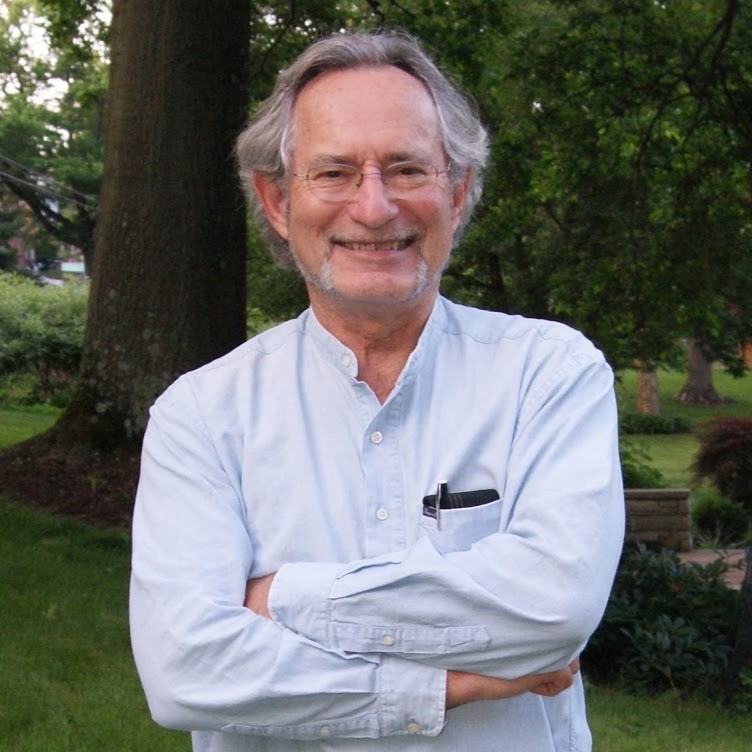
The argument for the 788 BC date is based on a single radiocarbon date, and archaeologists do not normally depend on individual radiocarbon dates.
They try to get as many carbon samples as possible in order to obtain the greatest degree of confidence in the result. No artefacts datable to the 8th century BC have been found at Lembah Bujang sites.
The sample dated 788 BC is what we would call an “outlier”: a date which lies far from the other radiocarbon dates in Lembah Bujang sites.
Emeritus Professor Charles Higham
University of Otago
Research interest in mainland Southeast Asia

We (archaeologists) never depend on the dating of one “outlier” sample, and in the case of Sg Batu where radiocarbon dating was done on charcoal and ash samples, we would also have to consider the age of the tree from which the charcoal was produced.
The right way to assess the dates would be to look at the collective samples and measure the majority samples.
This data should be analysed in entirety – it has to fit into the entire scenario of the maritime silk road, and take into account documented discoveries in other archaeological sites and civilisations in the region dated at between 3rd century BC and 5th century AD.
But what is important to note in this case is that – you never base your assessment on an “outlier”.
Associate Professor Dr Asyaari Muhammad
Universiti Kebangsaan Malaysia
Institute of Malay World and Civilisation Department Director
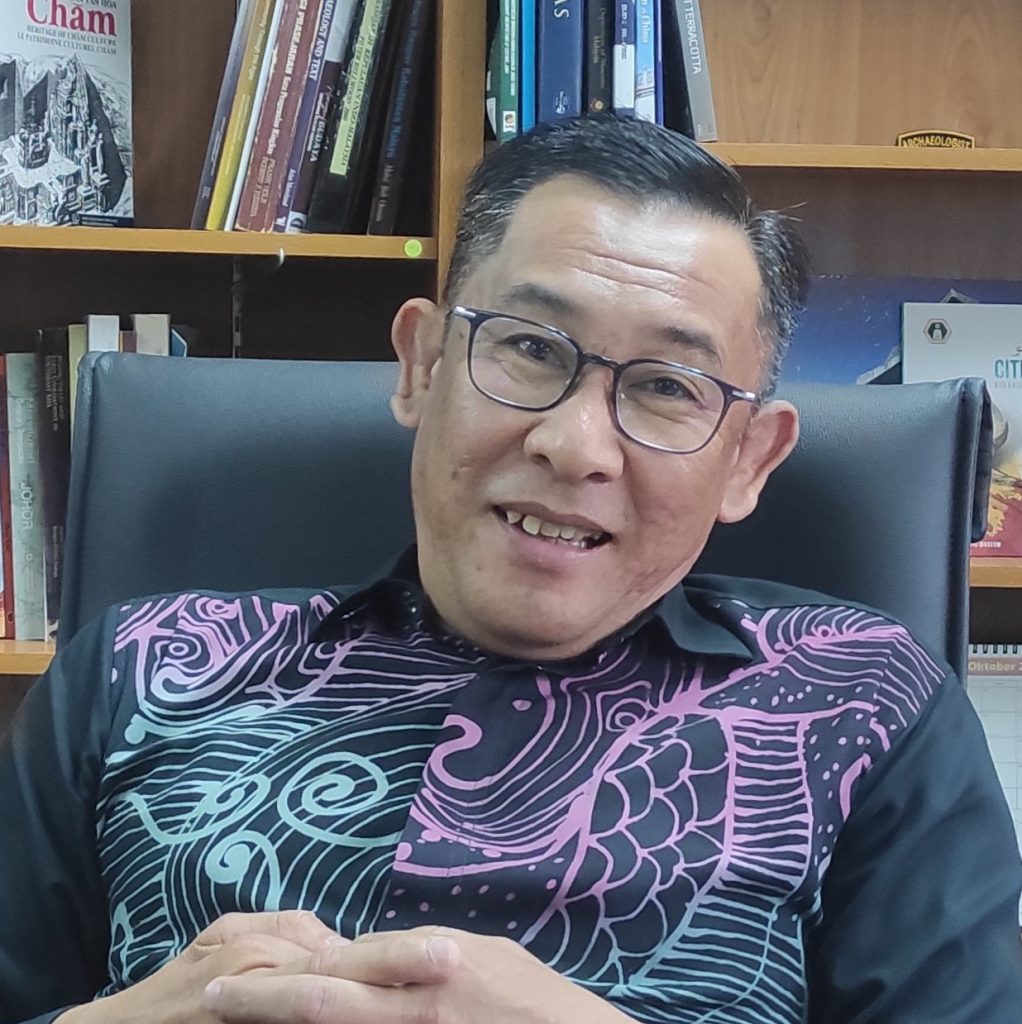
An archaeologist is like a police investigating officer who when investigating a site, has to look at all angles and possibilities, including taking into account forensic findings at the crime scene, evidence collected in the surrounding areas, collated data and facts, written documents and even oral accounts to solve a crime.
One cannot just make a conclusion based on one piece of evidence. Likewise, highly accurate research, data and evidence is needed to support dating.
UKM managed Lembah Bujang archaeological sites until 2007 – before USM took over, and based on our findings the Sg Mas archaeological site is older than Sg Batu – at between 4th and 5th century AD.
This is based on the Pallava inscriptions, imported beads found at the site, and 3rd to 5th century AD Buddhist Kalamakara (wall ornaments in front of the candi).
Based on “relative dating” that takes into account the typology of artefacts, Sg Batu existed between 2nd and 10th century AD – maybe later or at the same time as Sg Mas.
What is important in determining the age of a site is the associated findings – like the age of the artefacts, structures, inscriptions and other findings in the area.
Dr Shaiful Shahidan
Field archaeologist who assisted with excavation at Sg Batu
2009 to the final phase of work in August 2021

Both narratives have their strengths and weaknesses. The 788 BC narrative’s strength lies in its foundation – solid, reliable scientific dating methods – although not all findings may have been published yet, indicating the potential for comprehensive, robust data to support its claims.
However, the weakness of this narrative is that, as long as other related sites around Sg Batu remain unexplored (only 54 of 97 sites in Lembah Bujang have been excavated), questions about its accuracy may persist.
To enhance credibility, an evaluation of the broader regional context, including social, cultural, and environmental factors, is necessary. Understanding why this dating does not align with regional data is a significant challenge.
The 2nd to 10th century AD narrative gains strength from its macro-level approach, considering regional developments, including data from neighbouring regions like China and India.
This broader perspective helps to contextualise the site’s dating to 2nd-10th century AD, contributing to a more comprehensive understanding of the site’s historical significance.
However, there are notable limitations in the Bayesian analysis conducted (as mentioned in Nasha’s paper), which may raise concerns about the accuracy and reliability of the dating, requiring further scrutiny and refinement of the methodology used. It is crucial to address these limitations to strengthen the narrative’s validity.
More site research and collation of data in an objective and non-prejudiced way is needed to resolve the clash in time periods. Even if there are differences in the proposed dates, shared observations or conclusions may be used as a starting point for reconciliation.
Professor Dr Stephen Chia
Universiti Sains Malaysia
Centre for Global Archaeological Research director
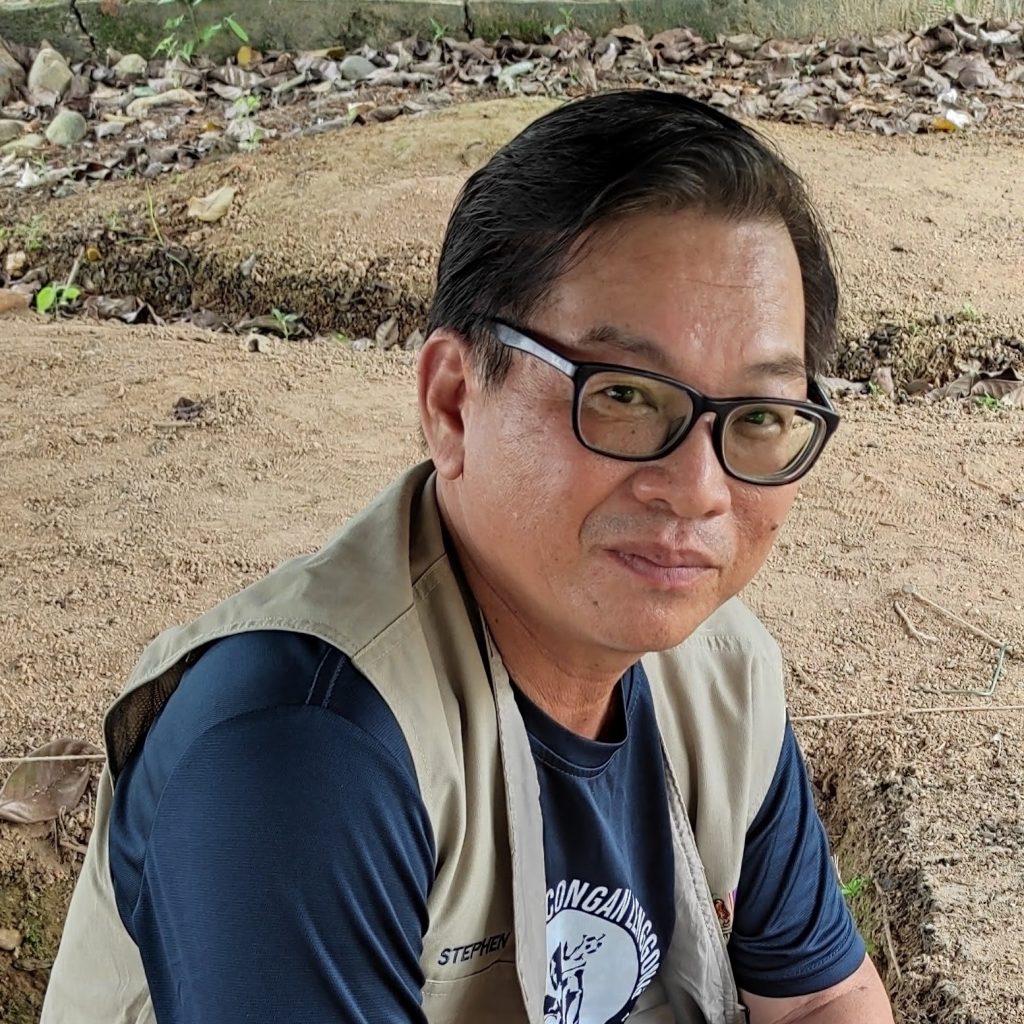
While there is much hype over the endorsement of the earlier 788 BC narrative by five ancient civilisation experts in 2016, the endorsement does not come from archaeologists and specialists in this region.
Normally, endorsements must come in the form of publication in peer- reviewed journals verified by experts in the same field who are familiar with Lembah Bujang and South East Asian history and civilisations.
The centre always sends dating samples to well-established radiocarbon laboratories like Beta Analytic Inc. in the United States to determine the age of a site. Accuracy of the results may however be affected by contaminated samples and the possibility of samples derived from disturbed contexts.
In the case of Sg Batu, the area which is now an archaeological complex was once an oil palm plantation, and prior to that a rubber plantation, which means the soil and ancient structures had been disturbed prior to archaeological excavations at the site, as evident by the badly damaged structures and broken bricks.
This is why we need to be cautious when collecting samples for radiocarbon dating, look at the results in entirety (using many samples), and determine the age based on the majority of samples.
Dr Johannes Widodo
National University of Singapore
Graduate Programmes in Architectural Conservation director
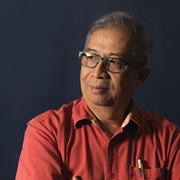
For conflicting claims about historical narrative, there needs to be neutrality and openness to further research, in this case, more thorough archaeological and historical research.
Do not rush to make conclusions, endorsements, or create narratives based on one claim. If there are irreconcilable claims, then getting third-party or external experts is recommended, and there is no shortage of experts in this field.
Dr Yongtanit Pimonsathean
Thammasat University, Faculty of Architecture and Planning
Expert on community-based urban planning and heritage conservation

The clash of narratives is common, and often encountered in my work on several heritage sites in Thailand. Historians like other professionals have diverse approaches, theories and methodologies, and what has been accredited by the government is not an exception.
My approach when faced with these conflicts is to respect all approaches, and indicate that there has yet to be a conclusion as there was more room for research and dialogue.
There, however, needs to be emphasis on ensuring that the narratives are backed by archaeological study and credible interpretation of findings before arguing the case. – October 29, 2023
Clash of narratives, part 1: is Lembah Bujang not as old as we think it is?
Lembah Bujang’s potential marred by poor interpretation, site management – part 3
- Created on .
- Hits: 176
